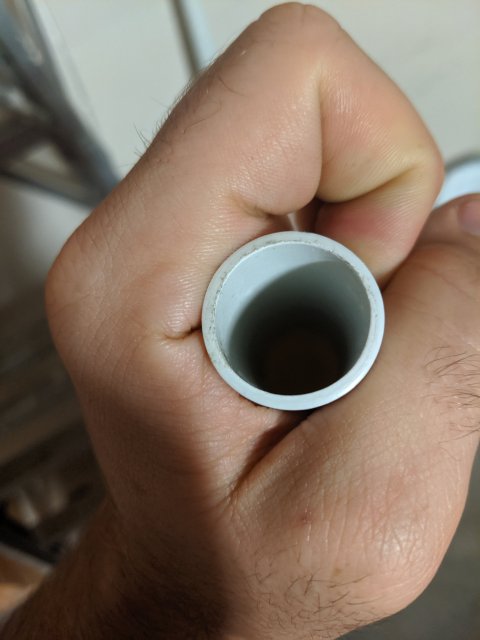I have a 20 long that I'm trying to put I DIY overflow on (mainly just for practice for later for my bigger tank)
My questions are,
1) Does it matter thick wall vs thin wall PVC?
2) this check valve for priming, what does it look like? Cuz it seems from the drawings that it's just a airline hose being put in there and used to suck out the air, but that's not really a check valve from what I know. Can someone explain how to do this, with actual pictures of theirs preferably
There were 2 more questions that I can't remember. Completely forgot as soon as I started writing
My questions are,
1) Does it matter thick wall vs thin wall PVC?
2) this check valve for priming, what does it look like? Cuz it seems from the drawings that it's just a airline hose being put in there and used to suck out the air, but that's not really a check valve from what I know. Can someone explain how to do this, with actual pictures of theirs preferably
There were 2 more questions that I can't remember. Completely forgot as soon as I started writing






